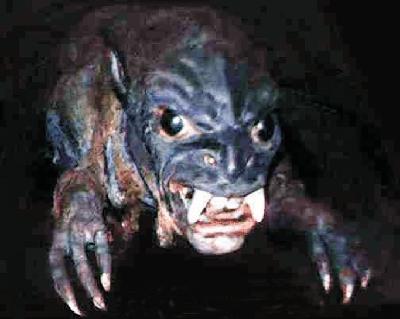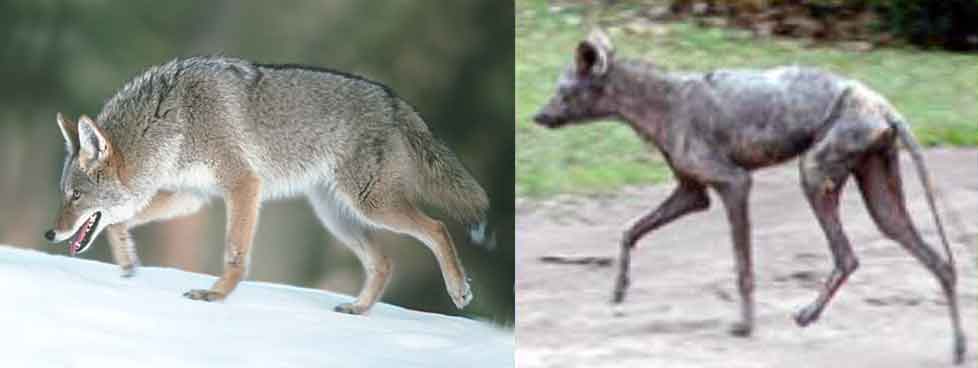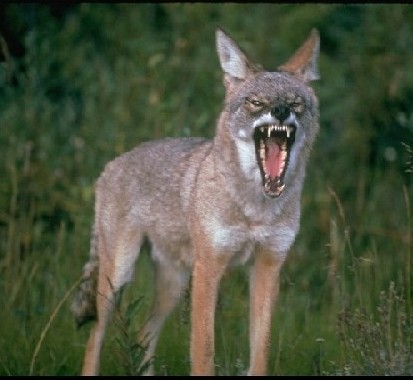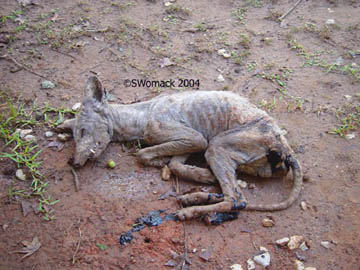

This Month's Oddities in the News:
Explaining the Chupacabra
IN THE ARCHIVES:
75-Year-Old Mystery
History of Halloween
The First European
Resurrection of an Extinct Animal
Medieval Vampire Skull
University of Michigan
October 2010
The chupacabra—the legendary hairless animal popular among cryptozoologists—may be caused by parasites, according to researchers at the University of Michigan last week.
The chupacabra, literally meaning “goat sucker” in Spanish, has terrified livestock owners for years, with reports first appearing in Puerto Rico. Soon after, more reports emerged in Mexico and in the Southwest portions of the US of a fanged, hairless, monster that sucks blood.
Researchers say that the real cause behind the chupacabra is a tiny parasite called Sarcoptes scabiei, which causes scabies in coyotes as well as humans. Coyotes with severe scabies infections are now thought to be the source of the chubacabra sightings.
The scabies burrow under the skin of the coyotes and cause “extreme cases of mange” in the animals, the report noted.
"Whenever you have a new host-parasite association, it's pretty nasty," said University of Michigan biologist Barry OConnor in a statement.
"It does a lot of damage, and mortality can be relatively high because that host species has not had any evolutionary history with the parasite, so it has not been able to evolve any defenses like we have." Large numbers of the mites lead to severe infections and damage to the coyote’s skin tissue, causing inflammation, open sores, and excessive hair loss.
“Put it all together, and you've got an ugly, naked, leathery, smelly monstrosity: the chupacabras,"
the report stated.
However, the mite infections do “not exactly” cause the animals to kill and suck blood, the report said.
"Because these animals are greatly weakened, they're going to have a hard time hunting” and so they prey on smaller livestock like sheep and goats, OConnor added. "So they may be forced into attacking livestock because it's easier than running down a rabbit or a deer."
See the article HERE.
COYOTES WITH MANGE: BEFORE AND AFTER (below)


Read Ronald Malfi's story about the Chupacabra HERE.

